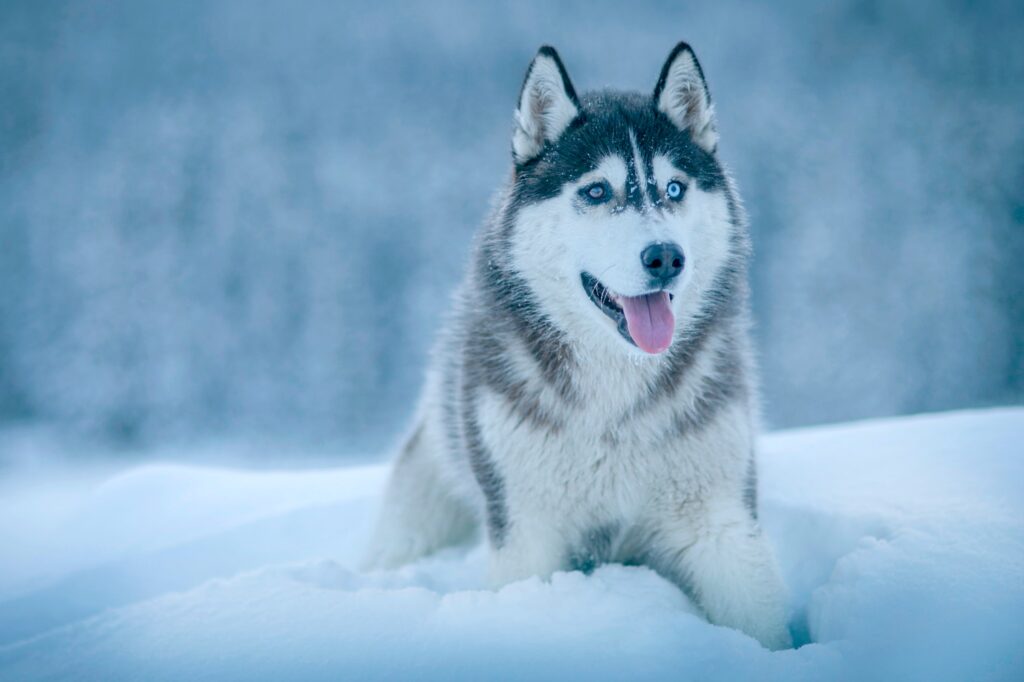
The AKC working group boasts a collection of robust and powerful breeds, each historically bred to assist humans in tasks like guarding property, pulling sleds, and performing water rescues. These diligent canines are synonymous with strength, intelligence, and resilience. Their intense work ethic and unwavering dedication make them invaluable assets in various roles, from aiding law enforcement to serving as search and rescue dogs. Breeds like the Alaskan Malamute, Saint Bernard, and the Doberman Pinscher epitomize the group’s traits of diligence and loyalty. While they require consistent training and socialization, working breeds, with their protective instincts and strong bond with their families, can be both incredible workers and devoted companions.
Working Group List
| Breed | Image | Origin | Life Expectancy | Size |
|---|---|---|---|---|
| Rottweiler | 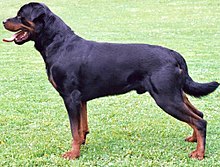 | Germany | 9-10 yrs | Giant |
| Doberman Pinscher | 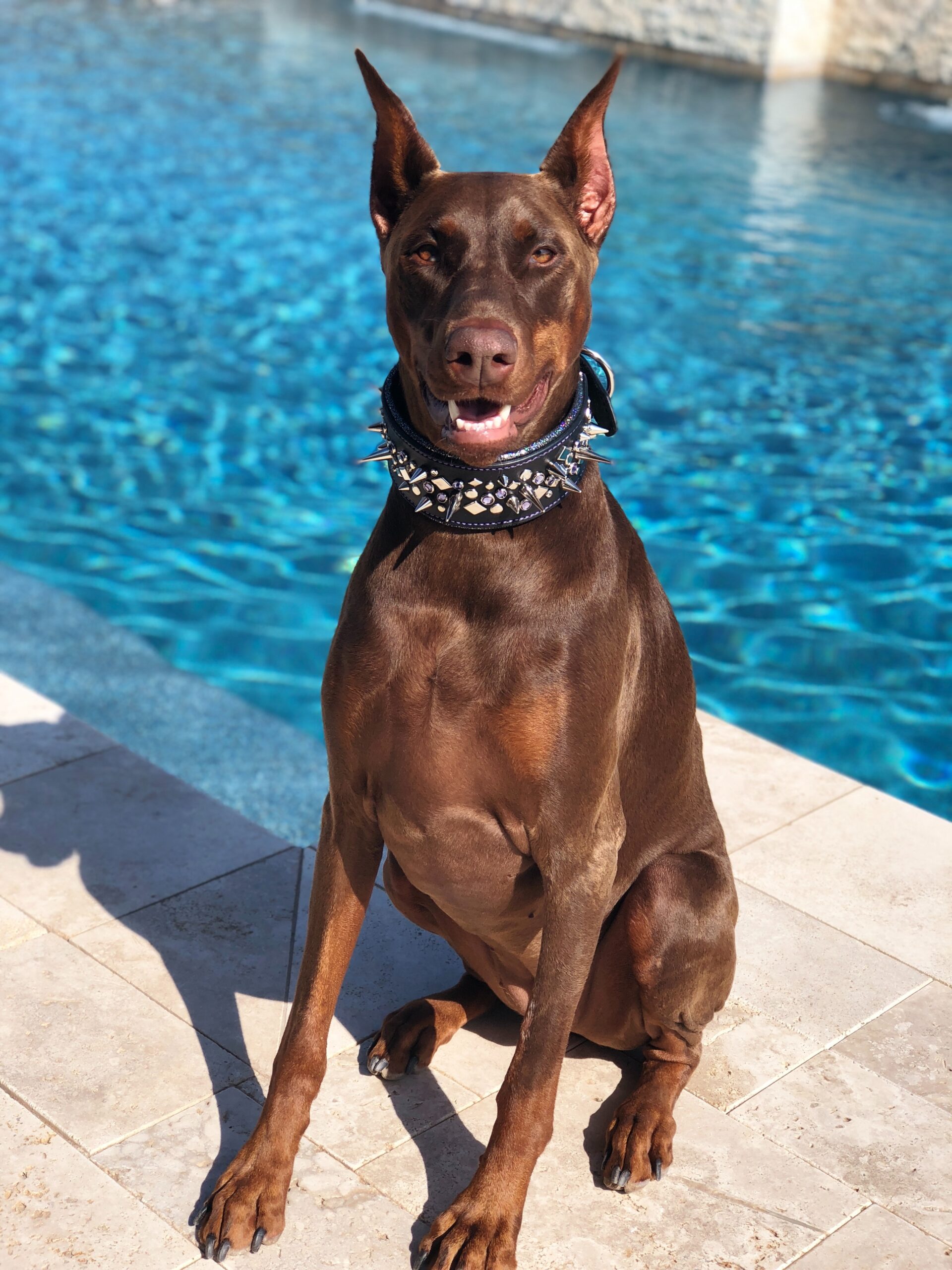 | Germany | 10-12 yrs | Large |
| Boxer |  | Germany | 10-12 yrs | Large |
| Cane Corso |  | Italy | 9-12 yrs | Giant |
| Great Dane | 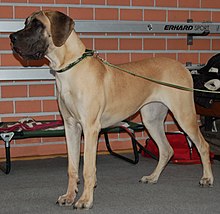 | Germany | 7-10 yrs | Giant |
| Siberian Husky | 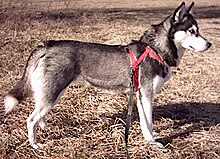 | Russia | 12-14 yrs | Medium |
| Bernese Mountain Dog | 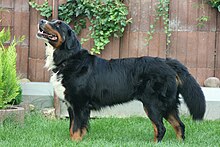 | Switzerland | 7-10 yrs | Giant |
| Mastiff |  | England | 6-10 yrs | Giant |
| Newfoundland |  | Canada | 9-10 yrs | Giant |
| Portuguese Water Dog |  | Portugal | 11-13 yrs | Medium |
| Samoyed | 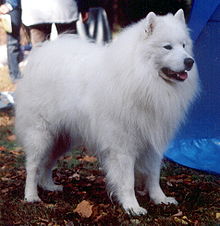 | Russia | 12-14 yrs | Large |
| Akita |  | Japan | 10-13 yrs | Giant |
| Saint Bernard |  | Switzerland | 8-10 yrs | Giant |
| Giant Schnauzer |  | Germany | 12-15 yrs | Large |
| Bullmastiff |  | England | 7-9 yrs | Giant |
| Alaskan Malamute |  | United States (Alaska) | 10-14 yrs | Large |
| Great Pyrenees |  | France | 10-12 yrs | Giant |
| Dogue de Bordeaux | 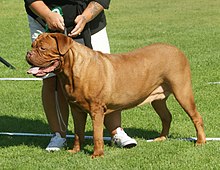 | France | 5-8 yrs | Giant |
| Anatolian Shepherd Dog | 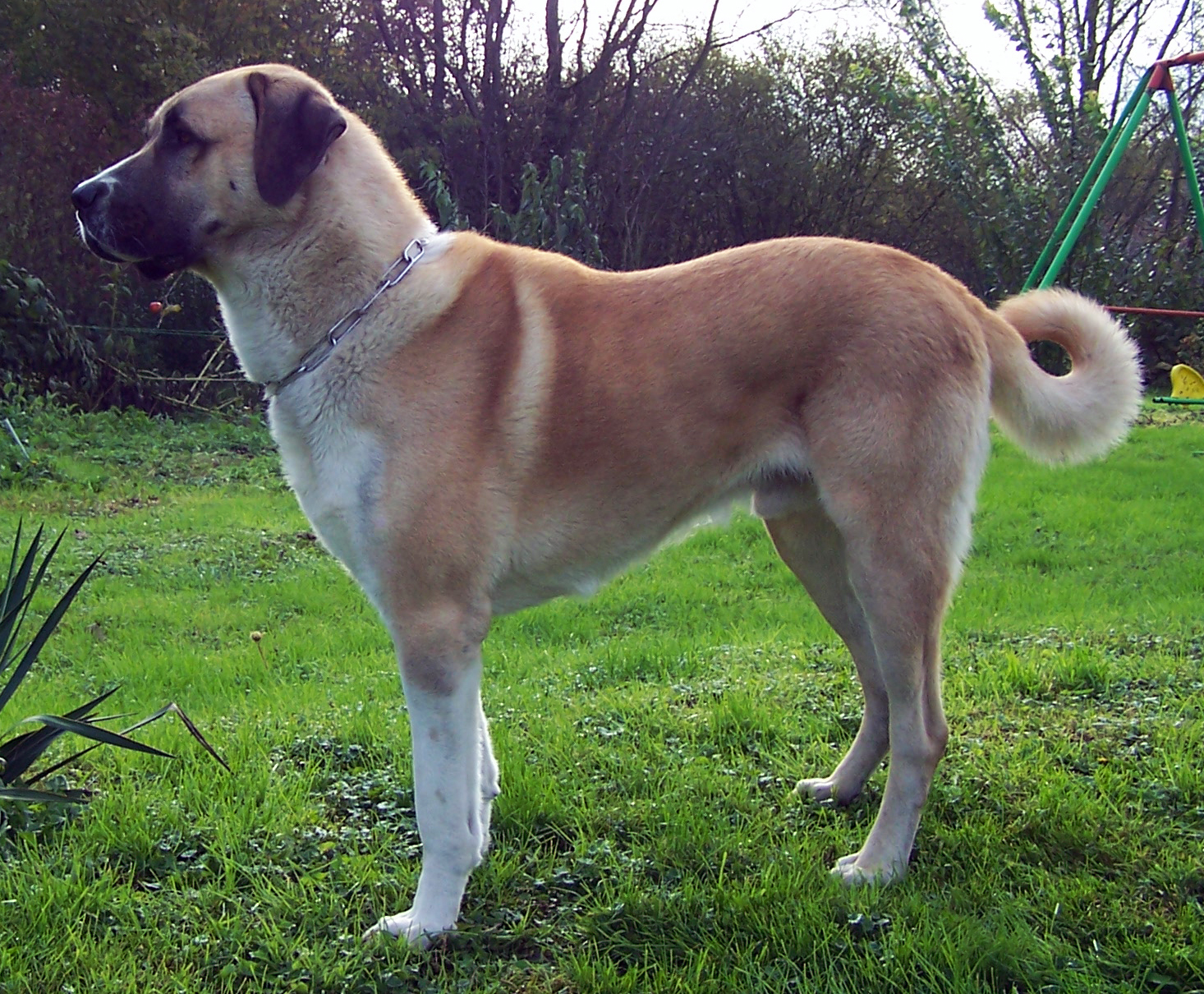 | Turkey | 11-13 yrs | Giant |
| Greater Swiss Mountain Dog | 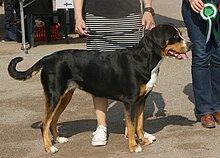 | Switzerland | 8-11 yrs | Giant |
| Dogo Argentino |  | Argentina | 9-15 yrs | Giant |
| Standard Schnauzer |  | Germany | 13-16 yrs | Medium |
| Leonberger |  | Germany | 9-9 yrs | Giant |
| Boerboel |  | South Africa | 9-11 yrs | Giant |
| Neapolitan Mastiff | 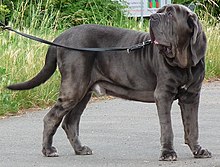 | Italy | 7-9 yrs | Giant |
| Black Russian Terrier | 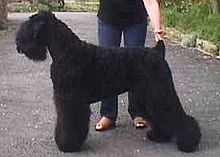 | Russia | 10-12 yrs | Giant |
| Tibetan Mastiff |  | Tibet | 10-12 yrs | Giant |
| German Pinscher | 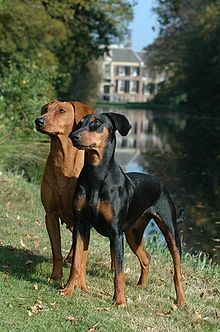 | Germany | 12-14 yrs | Medium |
| Komondor |  | Hungary | 10-12 yrs | Giant |
| Kuvasz |  | Hungary | 10-12 yrs | Giant |
| Chinook | 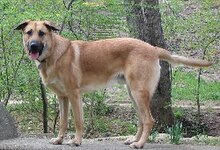 | United States | 12-15 yrs | Large |
Pros and Cons of Owning a Working Dog
Pros:
- Intelligence and Trainability:
Working dogs are renowned for their intelligence and quick learning. They can be trained for various tasks, obedience, and even participation in dog sports and services. - Protectiveness:
Due to their background in roles such as guarding and rescuing, working dogs tend to be protective and make excellent watchdogs and guard dogs. - Adaptability:
Many working dog breeds can adapt to various environments and climates, thanks to their history of being bred for diverse roles like sled pulling and water rescues. - Exercise Companion:
Owning a working dog can be particularly beneficial for active individuals or families as they require and enjoy strenuous exercise and play. - Service and Therapy Roles:
Their intelligence, trainability, and temperament make them suitable for roles such as service dogs, search and rescue dogs, and therapy dogs.
Cons:
- Need for Regular Exercise and Mental Stimulation:
Working breeds are high-energy dogs that require significant exercise and mental stimulation, failing which they may develop behavioral issues. - Space Requirements:
Generally, working dogs are larger breeds that require more space to move and play. They might not be suitable for apartment living. - Training and Socialization:
A working dog without proper training and socialization can develop unwanted behaviors. Consistent training is necessary due to their strong will and independent nature. - Grooming Needs:
Some working dog breeds may have substantial grooming needs due to their thicker and longer coats, requiring a consistent grooming routine. - Potential Health Issues:
Larger working dog breeds often have a predisposition to certain health conditions, such as hip dysplasia and bloat, requiring regular veterinary check-ups and care.
More Resources
Remember to visit our resources page for our dog socialization checklist, book recommendations, and more.
